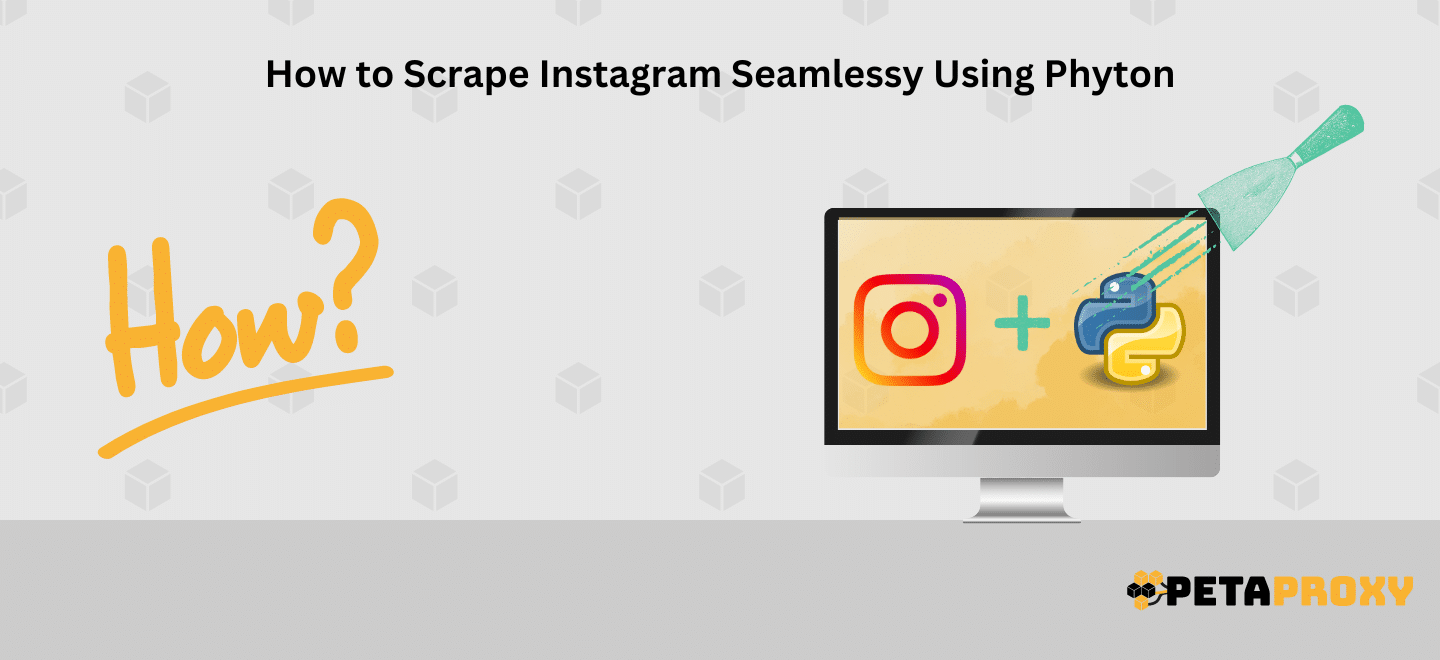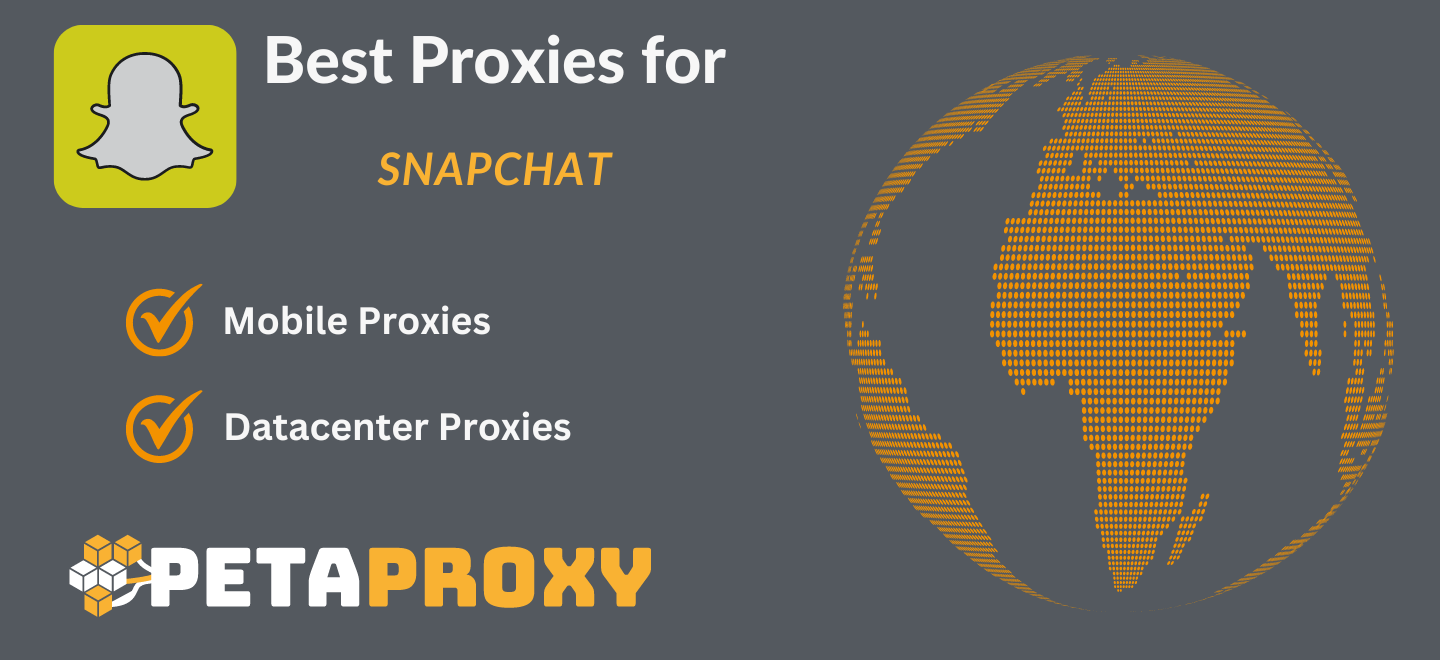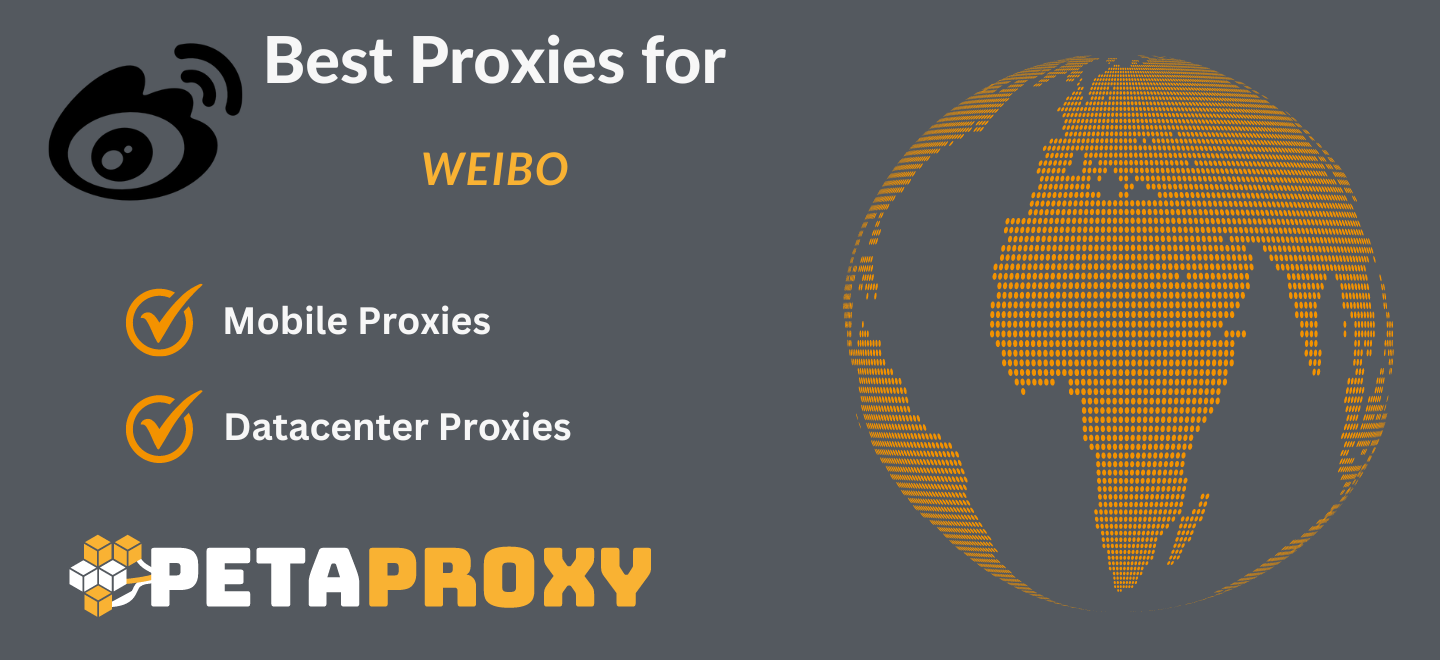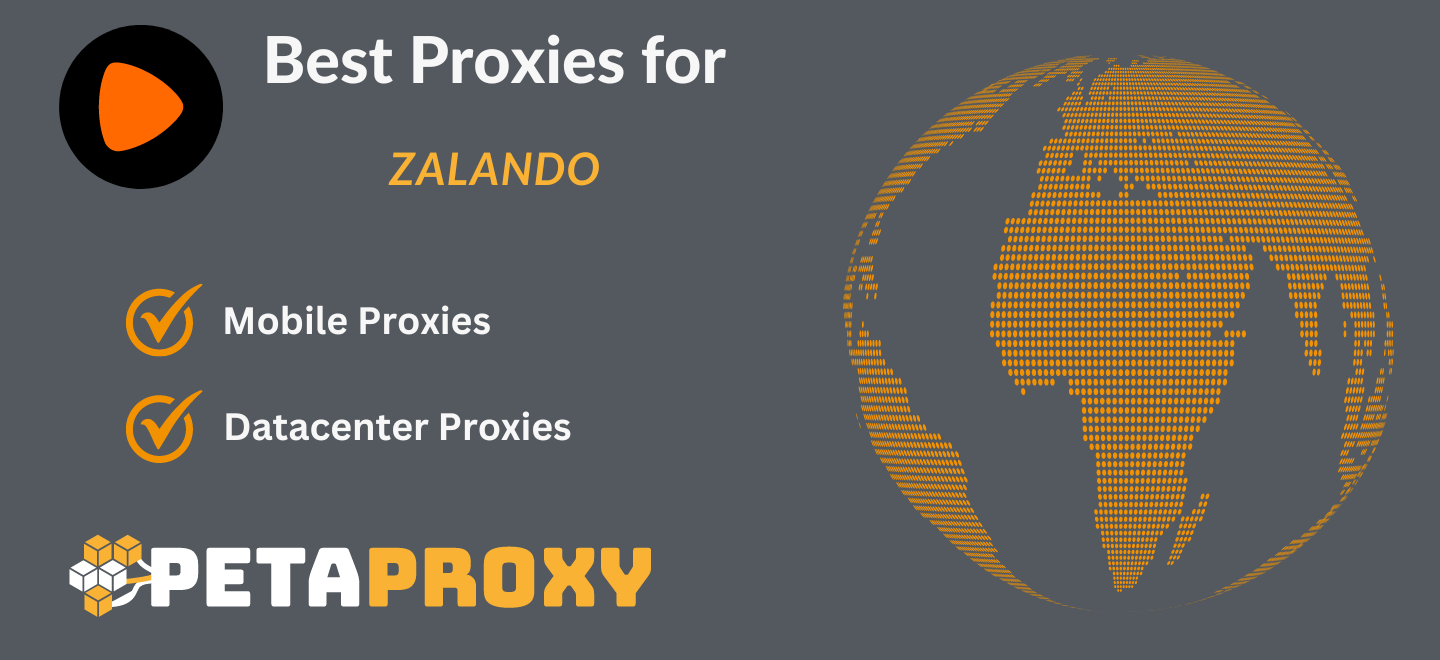Instagram is perhaps one of the most popular social media platforms, with an overwhelming number of active users. About 1 billion people on the planet actively use Instagram, and about 500 million stories are being uploaded daily. With this large audience, it’s no surprise that it has become a great source of data, and this data can be used for a lot of stuff, such as market research, brand analysis, and sentimental analysis.
However, getting all this data is the tough part, as there is no official API available that you can use. So, for this purpose, we will help you start scraping Instagram and get valuable information such as user profiles, followers, following, and other stuff, including posts, comments, likes, etc. We will elaborate on how to use Python (one of the most powerful programming languages) to scrape Instagram. We will also mention some challenges and best practices you should follow while scraping Instagram.
Why scrape Instagram in the first place?
What do we get from scraping Instagram, right? That’s probably the first question that might pop into your head. Instagram is actively involved with various topics such as fashion, food, fitness, and possibly everything. Scraping Instagram can provide you with a wealth of data you can use according to your needs.
Some reasons why scraping Instagram is a valuable effort are these:
It Helps you with Identifying Trends
Scraping Instagram allows you to figure out emerging trends. You can do this by analyzing popular trends and content and then using them to increase your post's chances of getting views and more likes.
Knowing more About the Target Audience
The data you get through scraping can also help you better determine your target audience. You can get insights into the engagement levels, follower and following patterns, and posting frequency of different target users. Knowing this, you will know what kind of audience you have on the platform and what kind of posts they seem to like.
Helps you Analyse your Competitors
Another important factor that scraping helps with is providing competitor analysis. Monitoring is a significant phase of that. Now, a business can scrape all the valuable information from the competitor profiles; this allows them to identify which users to follow and which hashtag is working better and also helps analyze posts that resonate better with the audience. Now, all this information is also useful; they can refine and create new strategies according to the data they have derived.
Can Inspire you for New Content
Sometimes, people can run out of topics; now, here's where information from Instagram can help out: you won't have to feel like searching for new trends; rather, this web scraping can help you with it, As it provides a source of inspiration for your upcoming new content. There are a lot of tools out there that kind of provide you with the trending hashtags; they use this web scraping to do them.
Now lets Start Scraping Instagram Using Python
Many tools and libraries are available for scraping Instagram, but for this specific tutorial, we will be using Instaloader. Installer is a tool that allows us to download data, such as pictures, reels, comments, and other metadata. Now, as we know, there are private accounts as well, and we need to log in as well, the installer provides us with the ability to log in as well, so you can access private accounts.
Installing Instaloader
Before installing instaloader, we must ensure we have Python3 installed on our system. We can check the Python version by well running the following command in the cmd,
python --version
Next up, we need to install the instaloader package, we will make use of the pip (package manager) for Python. To install instaloader, type the following command into the terminal,
pip install instaloader
How to Scrape Instagram User Profiles
To start scraping the Instagram user profiles, import the Instaloader and create an object. Then, we use various functions and attributes to interact with the Instagram website.
Here’s how you can import and create an object of the instaloader:
import instaloader
instagram_bot = instaloader.Instaloader()
This Instagram_bot object over here has a context attribute that holds information such as user credentials, session cookies, and some other important information you require during scraping. Now, we can use this attribute to pass arguments to other methods.
# Import the instaloader package
import instaloader
# Create an instance of the Instaloader class, representing the bot
instagram_bot = instaloader.Instaloader()
# Specify the username of the Instagram profile you want to scrape
target_username = 'testing'
# Use the Profile class to create a profile object for
target_profile =instaloader.Profile.from_username(instagram_bot.context, target_username)
Above in this code, you need to specify the target user accounts and username in the variable of target_username. In our case, we are using just a placeholder for “testing.” Then using Profile.from_username, we load all of the details into the target_profile variable.
This profile object then links to the username (make sure to replace it with your desired username), and now becomes an interface through which we will extract various details such as posts, followers, and other stuff.
# Instagram Handle and Profile ID
print("Username:", target_profile.username)
print("User ID:", target_profile.userid)
# Number of Followers and Followees
print("# of followers:", target_profile.followers)
print("# of followees:", target_profile.followees)
This is how you can use the attributes and print out the details.
Now you can also use this target_profile object to get the list of all the followers and following of the user. There are two inbuilt functions that you can use get_followers(), and get_followees(), instead of the attributes (that only return the count), they print out the list.
Here’s how you can do it:
# Retrieve the usernames of all followers
target_followers = [follower.username for follower in target_profile.get_followers()]
# Retrieve the usernames of all followees
target_followees = [followee.username for followee in target_profile.get_followees()]
Scraping using the Hashtags
Now, in order to scrape Instagram posts by using hashtags, Instagram loads us with the hashtag class. It has a from_name method; here’s how we can use it:
target_hashtag = instaloader.Hashtag.from_name(instagram_bot.context, 'python')
The hashtag object provides a get_posts method that returns a generator object, which has the most objects containing data from posts with that hashtag. Using a for loop, we can iterate through the generator object and utilize the bot object to download the posts.
Here’s how we can do that as well:
python_posts_generator = target_hashtag.get_posts()
for index, post in enumerate(python_posts_generator, 1):
instagram_bot.download_post(post, target=f'{target_hashtag.name}_{index}')
In this code, posts with the hashtag #python are downloaded and saved in the current directory with filenames following the pattern python_index, where the index denotes the post number. The first post is saved as python_1, the second as python_2, and so forth.
Best Practices for Instagram Scraping
- Respecting the Instagram’s Term of Service:While scraping, you must ensure you stick to Instagram’s terms of service. If you don’t, this can create serious repercussions for you. For instance, if you are logged in from your account and use it to scrap private accounts, violating Instagram’s Terms of Service can even lead to account suspension or other penalties. So, make sure to go through Instagram’s Terms of Service before you start scraping them.
Implement Rate Limiting: Another thing that you need to implement in your web scraping process is the “Rate limiting” factor. You need to add some sort of delay between your requests in order to avoid making too many requests in a relatively short amount of time. Like any other social media, Instagram will impose a rate limit; if you continue scraping, it might lead to a temporary and, in the worst case, a permanent block.
Rotate IPs by using Proxies: One way to overcome rate limits imposed by Instagram is by using a proxy. A proxy acts as an intermediary between you and the server. It adds a layer of anonymity; in this way, your IP address is kept anonymous, and a new one is provided to you by the proxy. An even better thing happens when you use a rotating proxy, meaning that the proxy dynamically also changes the IP address it allows you. Now, this is very useful, as when you request Instagram, it will appear to come from a different device.

Conclusion
There are many proxy service providers out there; if you are scraping Instagram, you should have relatively high uptime and a good quality proxy provider, so we recommend going with Petaproxy.
Petaproxy is one of the best proxy providers, providing a relatively high uptime. They have a wide range of services that you can choose from.
I hope you enjoyed our article.If you want to know “How To Efficiently Scrape Facebook Using Python” click the link.






